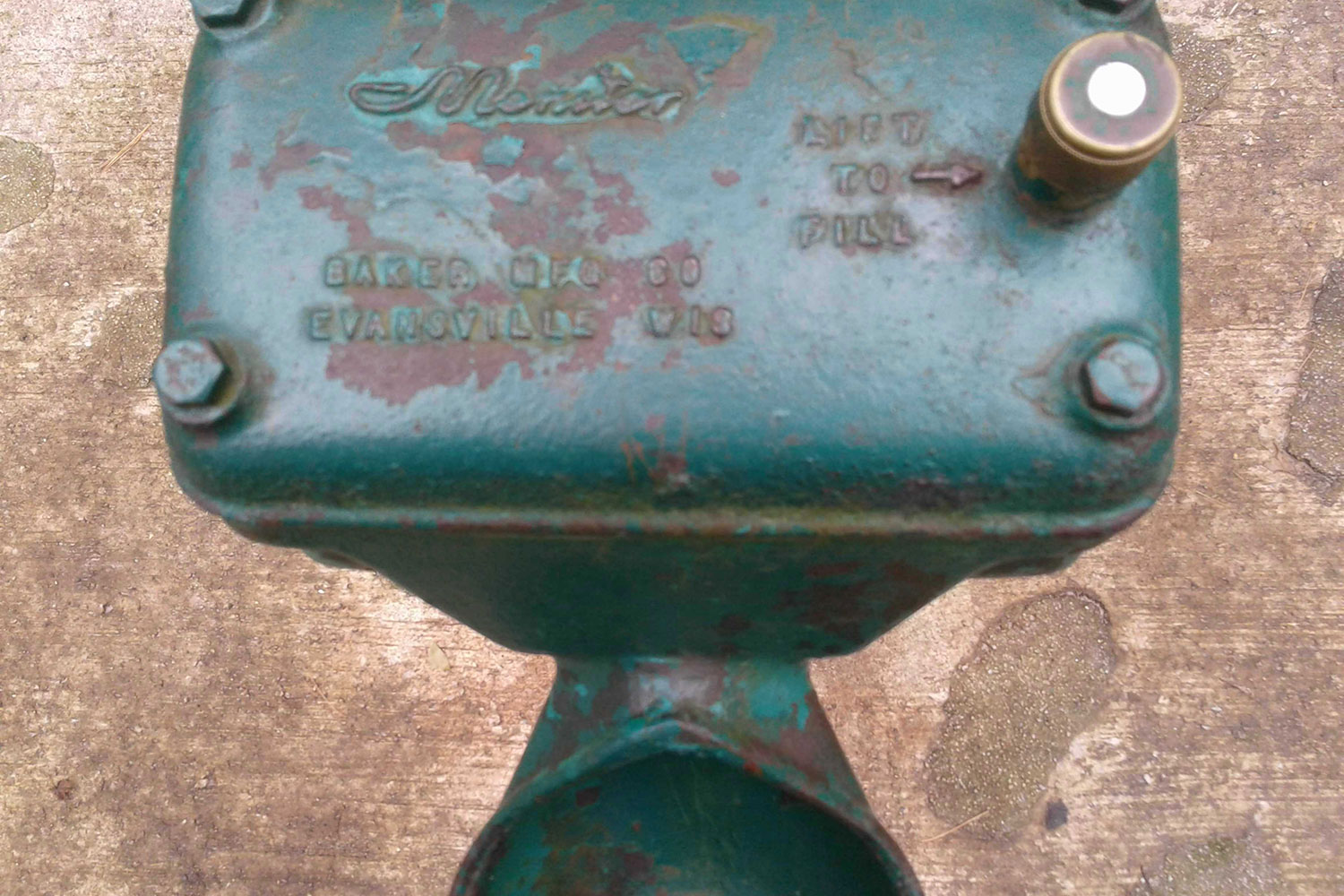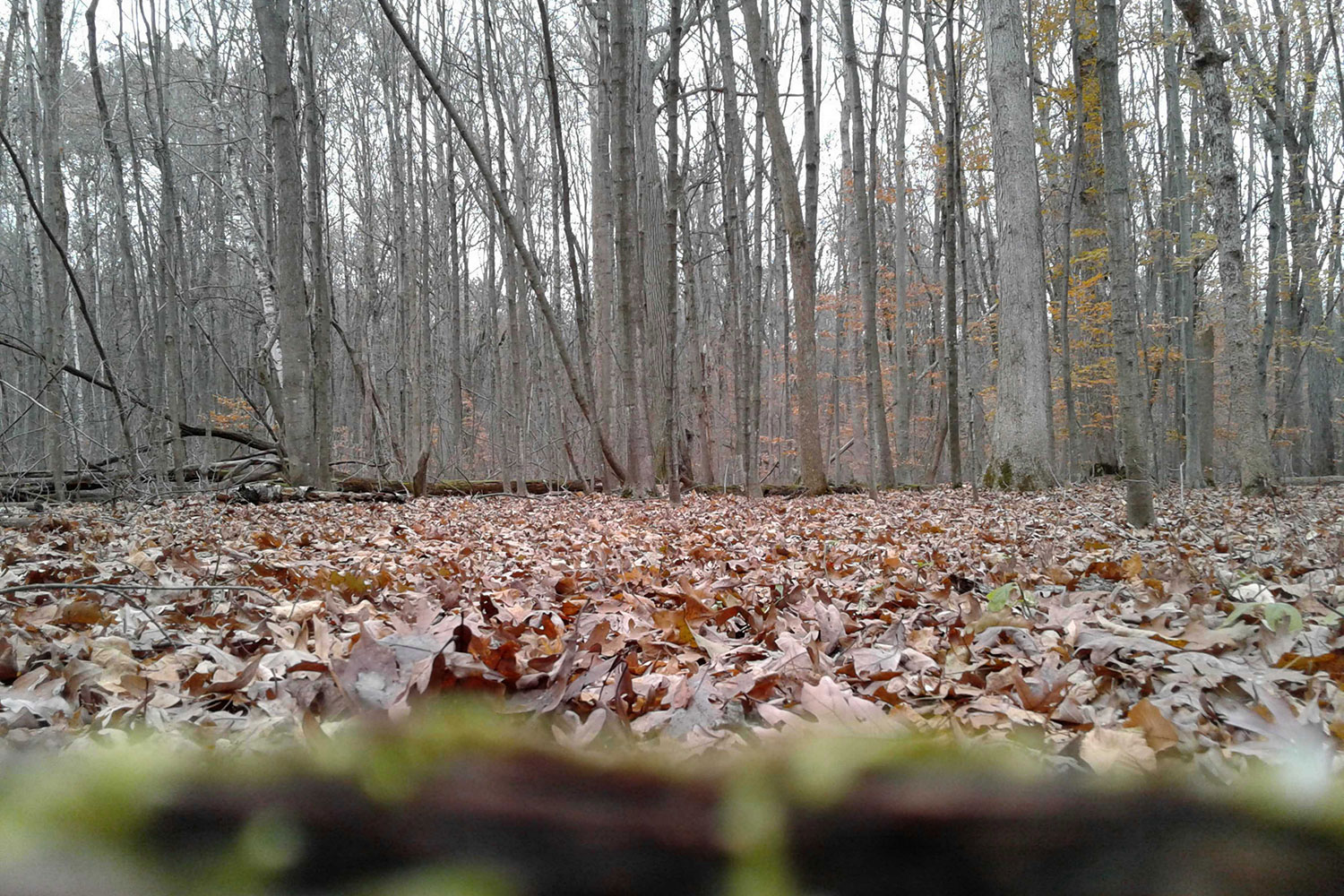Digital cameras with built-in printers mix the age-old satisfaction of having a physical photo to hold in your hands with the modern convenience of easy sharing on social media. Most digital instant cameras will cost you a few hundred dollars for that convenience, but the Kodak-branded Printomatic changes the game — sort of.
In our Kodak Printomatic review, we tested what is probably both the simplest and most affordable instant digital camera on the market, retailing for just $70. Thanks to its use of Zink zero-ink paper, there are no ink cartridges required — just load the paper, and out pop full color prints. Apparently, an LCD screen is also not required, as the Printomatic forgoes it entirely.
So is this streamlined, simplistic digital instant camera a budget-friendly win, or just a cheap hunk of plastic hiding behind an officially licensed brand name?
Design
The Kodak Printomatic has a design that would please any minimalist, with a simple rectangular shape and rounded edges and corners. A subtle gray — or bright yellow — finish adds a bit of color. The camera is lightweight at around half a pound, measures less than five inches wide, and is under an inch deep.
Without an LCD screen, a small optical viewfinder is used to frame the picture. Prints are made on 2 x 3-inch Zink paper that spit out of a small slot on the camera’s side, while digital files are stored to a MicroSD card. The camera has no removable battery and charges via USB. A power button, shutter release, and a switch to change from color to black-and-white are the only controls.
The design is basic, but we weren’t exactly expecting much at $70.
User experience
While instant prints are the main selling point, it’s possible to just save digital images. The only way to do so, however, is by not loading any paper into the camera. So long as there’s paper, you’ll get prints. Small LEDs will light up to let you know when you’re running low on paper, memory card space, and battery life.
It’s the most intuitive affordable instant digital camera on the market.
Shooting with the Printomatic is self-explanatory. Press the shutter button, and your ears will soon be greeted by a whirring noise as the printing process begins. (A Zink print uses heat to activate color crystals embedded in the photo, so there are no print heads or ink here). The entire process takes around 40 seconds, which isn’t particularly fast, but you get a physical print to hold in your hands when it’s finally done.
The Printomatic is clearly meant as a point-and-shoot camera in the most basic sense of the term. There are no exposure settings and the focus appears to be fixed, relying on a narrow aperture to create a deep depth of field that puts most everything in focus. There is also a slight delay from pressing the shutter to when the photo is actually taken, which means it’s not a great camera for action, or capturing fleeting moments as they happen.
This is as simple as it gets, with literally everything automated and out of the user’s control. Some people may appreciate this, and others will find it frustrating. In low light, for example, the Printomatic will automatically turn on the flash. There is no way to manually toggle it, which can be annoying.
Image Quality
Any budget camera should come with a disclaimer — “Do not expect a $70 camera to outperform your $700 smartphone!” With that out of the way, how do images look from the Kodak Printomatic?
A viable option for users that want instant prints and basic photos without breaking into three-digit prices.
The camera’s 10-megapixel resolution creates digital images that are about 3,600 pixels wide, a fairly small image considering the available tech today, but not terribly bad for the price. Detail isn’t exceptional, but it’s fine for a print that’s only 3 inches wide.
The fixed focus system is designed to keep most subjects in focus, but it does have limits. Specifically, anything too close to the lens will be out of focus. The camera performs best when it’s around four feet or more from the subject, making it better at landscapes and group photos than macro work or close-up portraits.
Color is generally close to reality, though not as vivid as we would have liked. There are also no options for adjusting it — sure, you can always edit the digital images on your computer or your phone later, but there’s no way to alter the look of the photo before the Zink print is made.
In low light, the camera has trouble with motion as it drops to a slow shutter speed, leading to blur. Even with the flash, blurred motion was a problem. It’s not ideal for taking pictures of kids and pets (unless outdoors), but the shutter lag already suggested the camera shouldn’t be used for action.
The exposure metering worked well under the outdoor, cloudy conditions we tested the camera in. With flash, the exposure is a bit more problematic. Flash works best in that same 4-foot-plus range from the camera, or else it’s too bright, and will blow out closer objects.
None of this is very surprising, considering the Printomatic is a $70 camera and Kodak (or brand licensee C+A Global, rather) had to fit in a camera and a printer. While the camera certainly won’t win any awards for image quality, photos are okay in good conditions, and generally acceptable for those 2 x 3-inch prints. The prints also have an adhesive back, which ups the fun by allowing you to easily stick them anywhere.
Kodak Printomatic: Budget camera, or just cheap?
Even with a printer attached, the Printomatic is among the absolute cheapest digital cameras you can buy. The closest competitor in price is the original Polaroid Snap, which shares its DNA with the Printomatic, but offers a few more features and retails for about $100. The Polaroid Snap Touch adds another $80 and an LCD screen, Bluetooth connectivity to share photos to a mobile device, three additional megapixels, and even 1080p video. For $200, the Polaroid Pop offers a much better 20 megapixel sensor.
There’s one more option. Since most smartphones will take better quality photos than the Printomatic, adding a mobile printer gets you both digital photos and physical prints, although even these generally cost more than the Printomatic.
The Printomatic is all about having fun. While the image quality is mediocre and the lack of manual control can be frustrating, the camera is rescued by its low price, which makes it a good choice for situations where a serious camera would be overkill. For DIY photo booths, parties, or to teach kids the basics of photography, the $70 Kodak Printomatic is the way to go.














